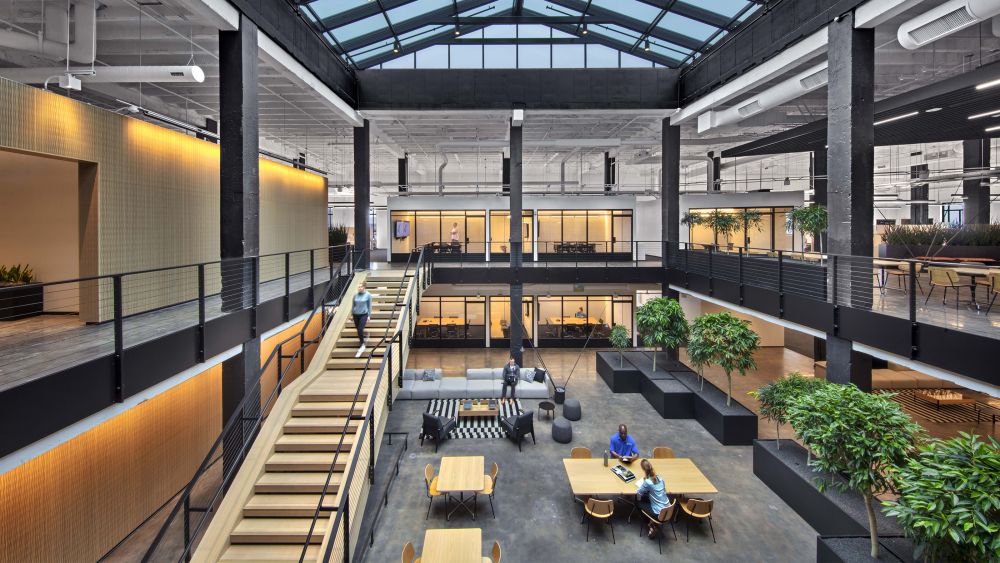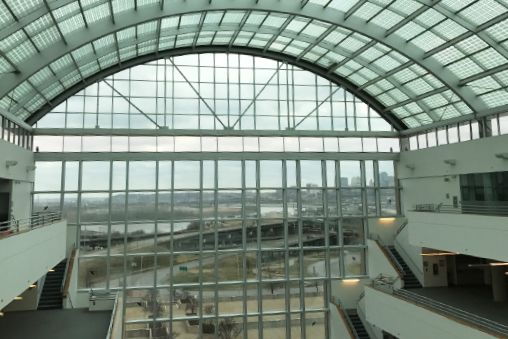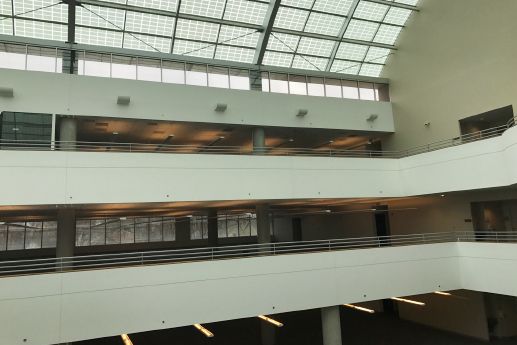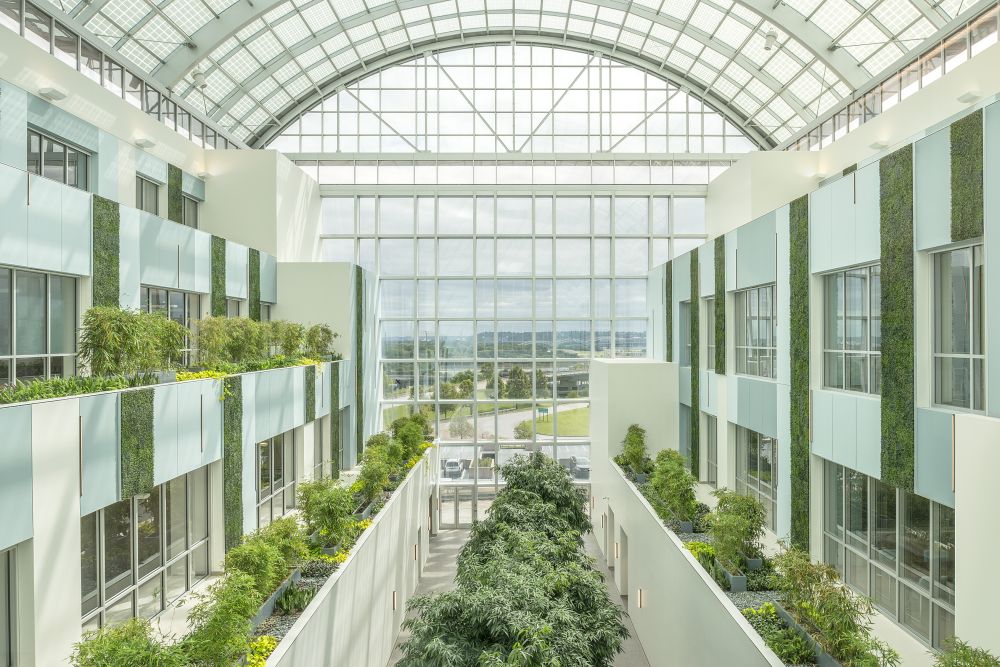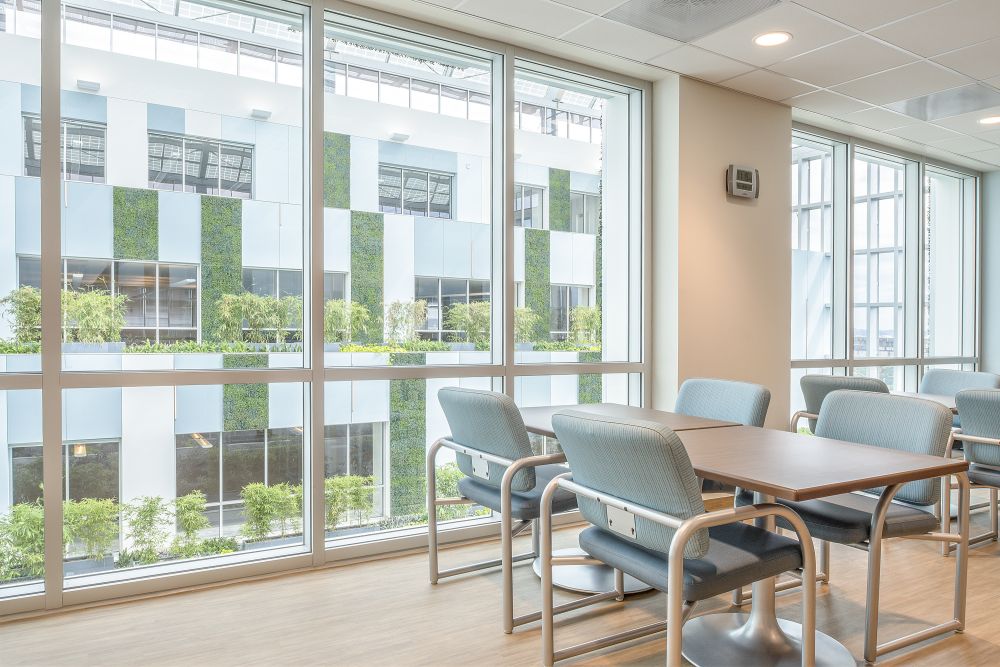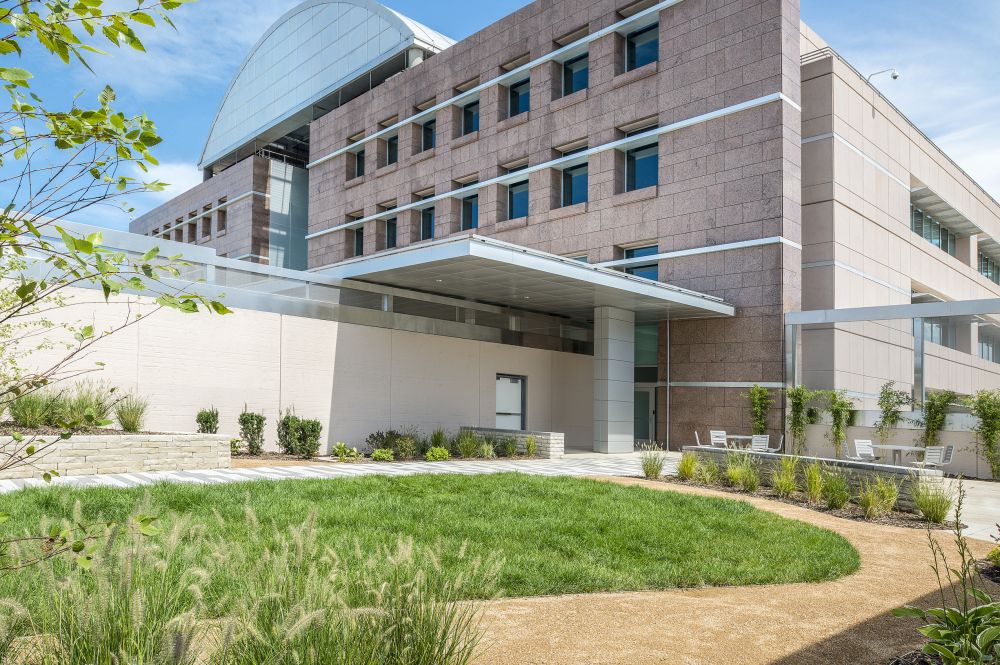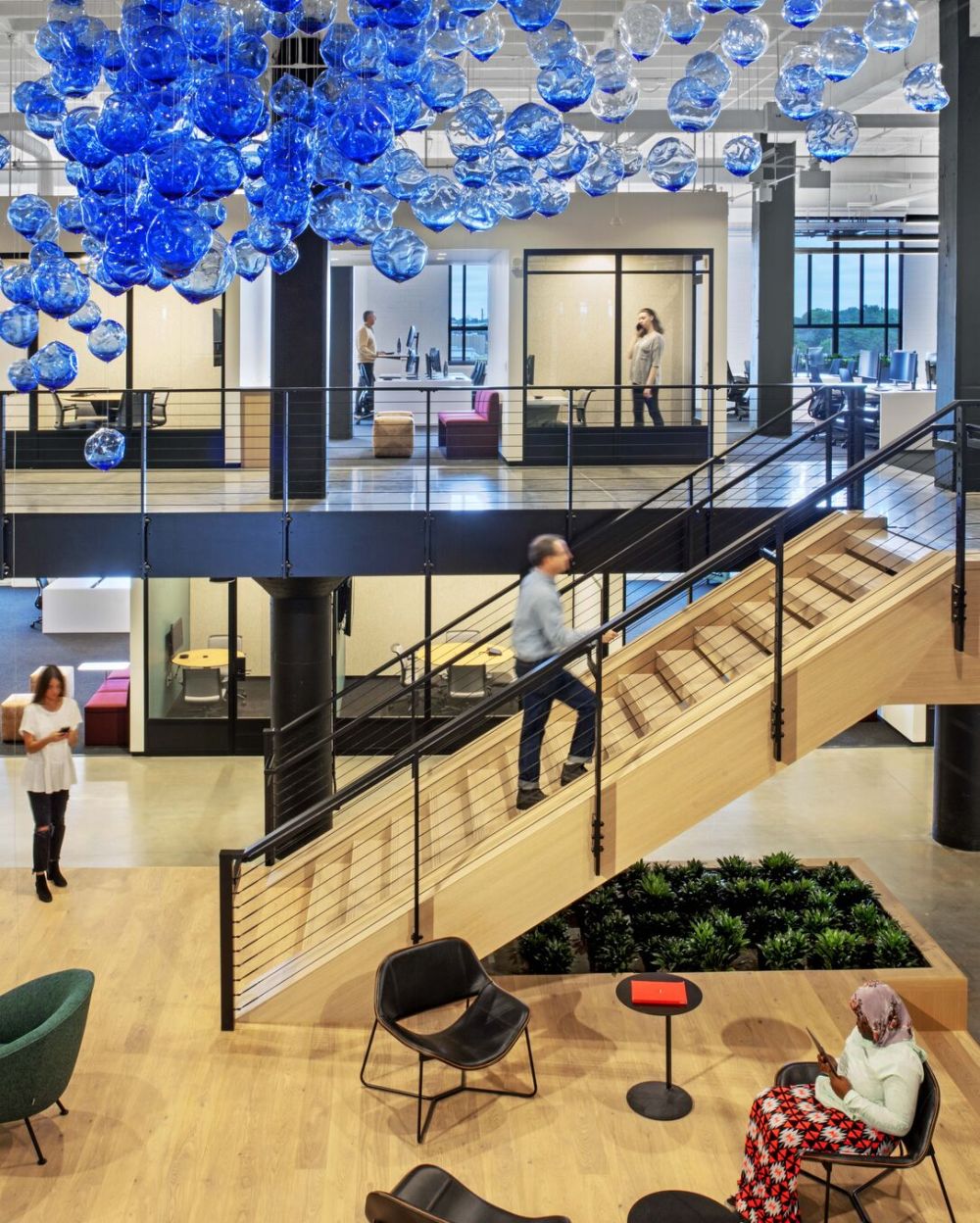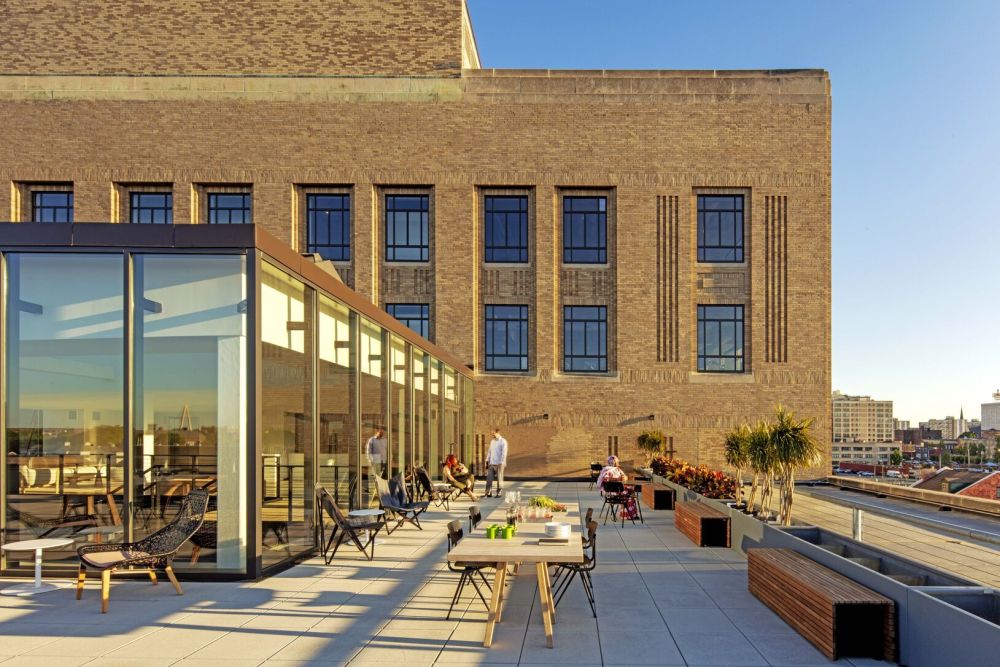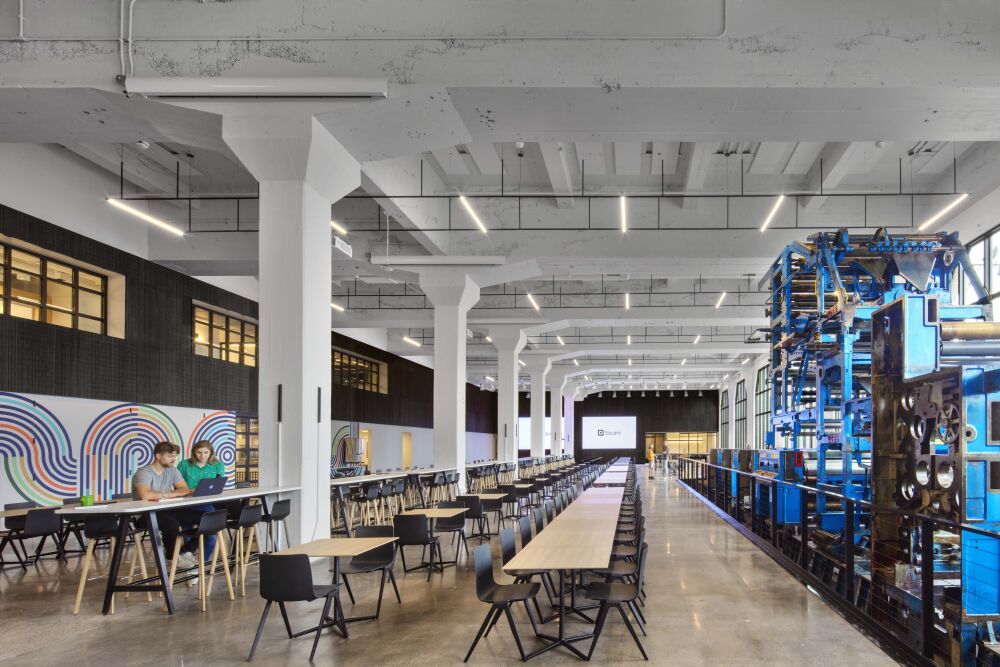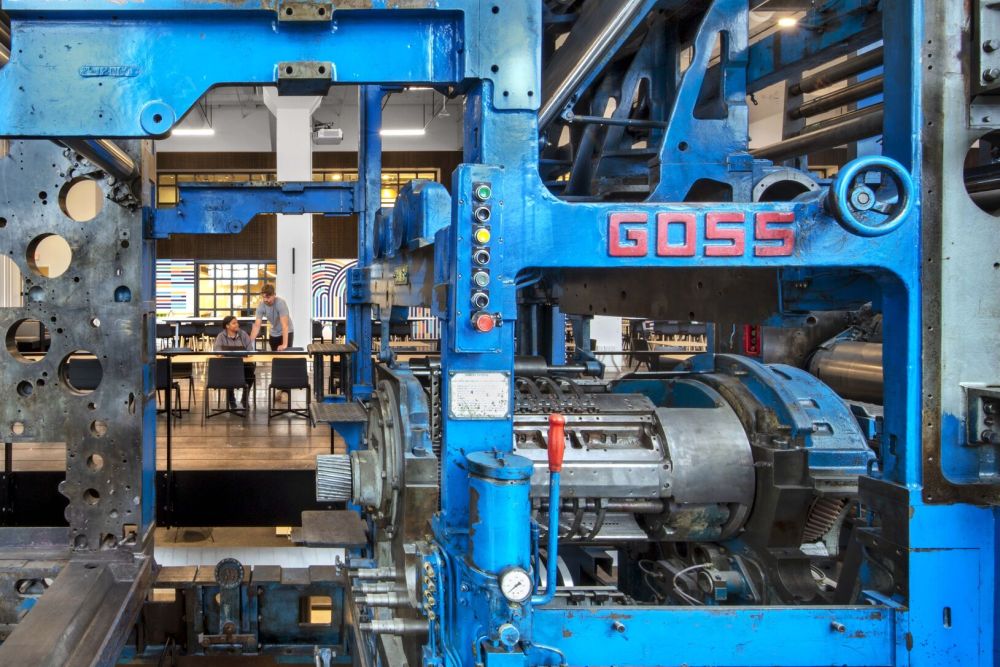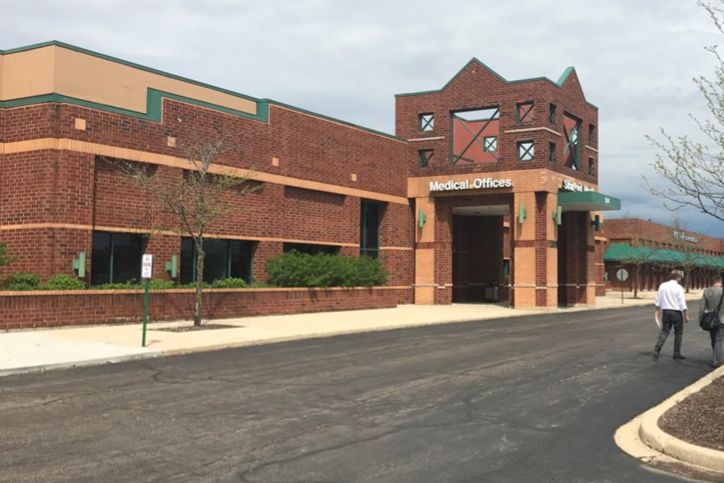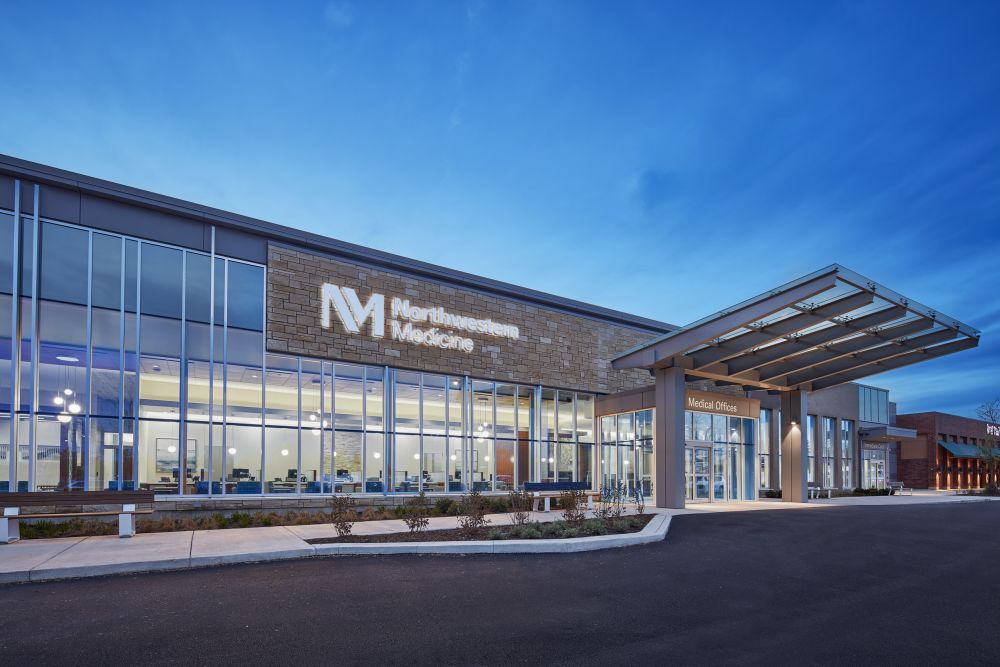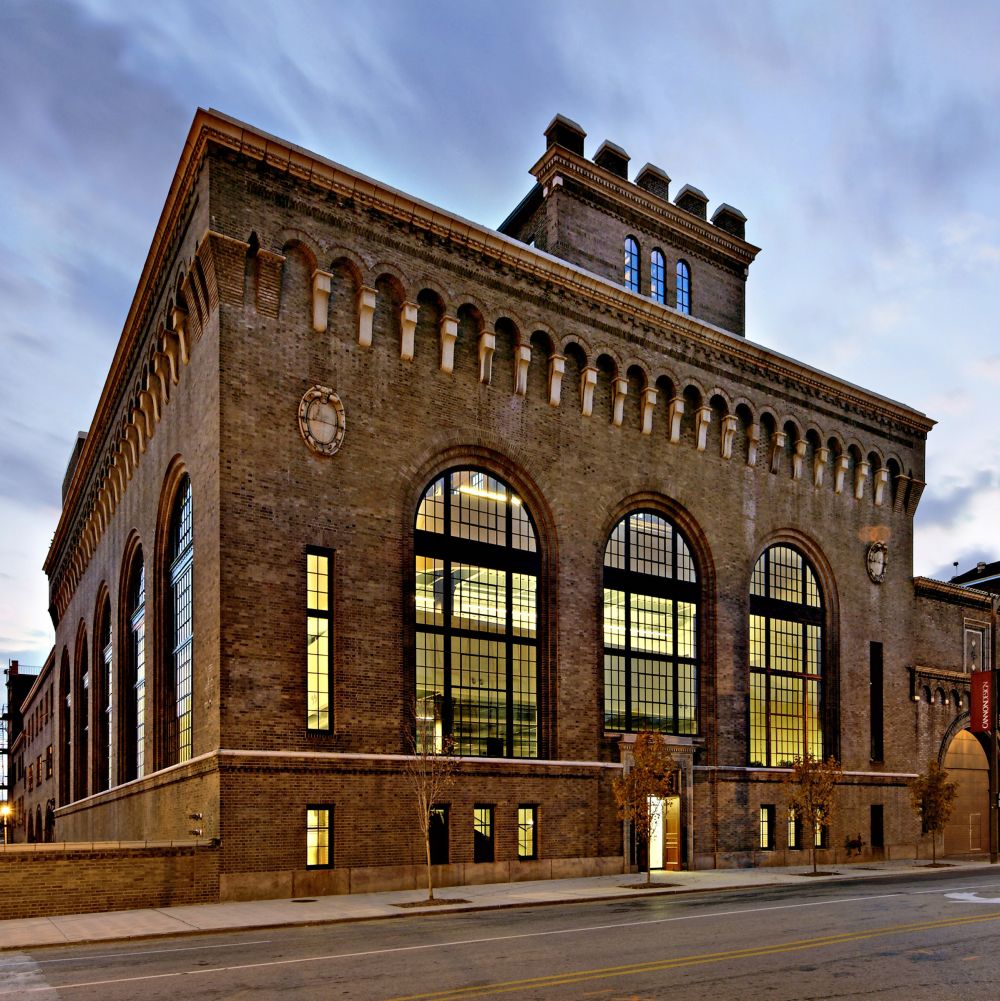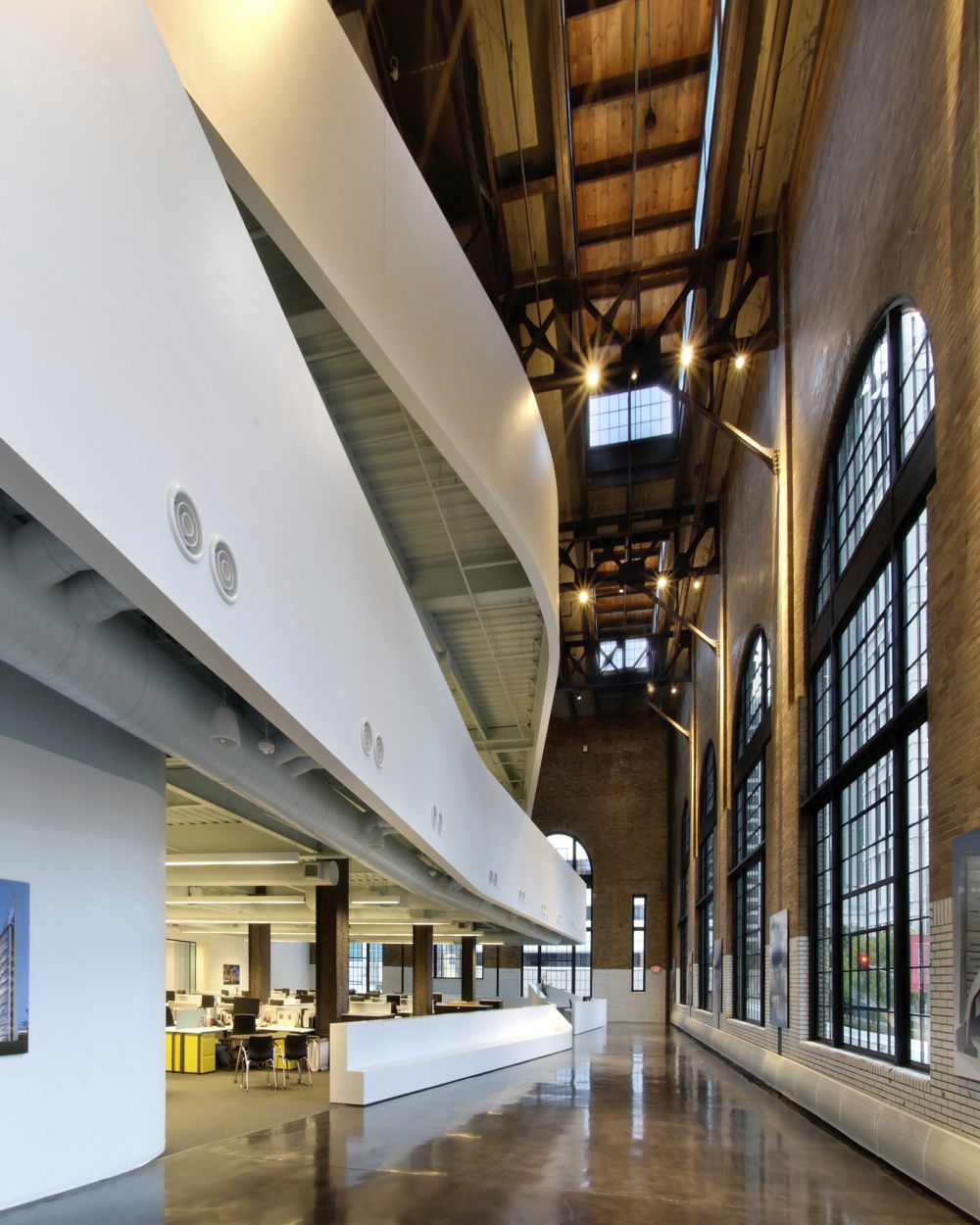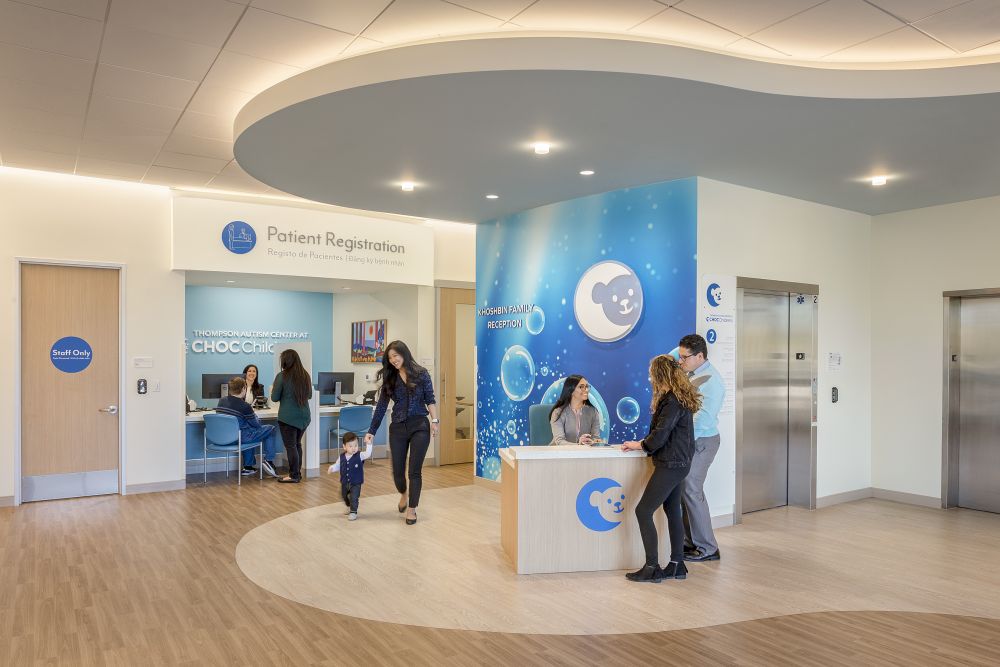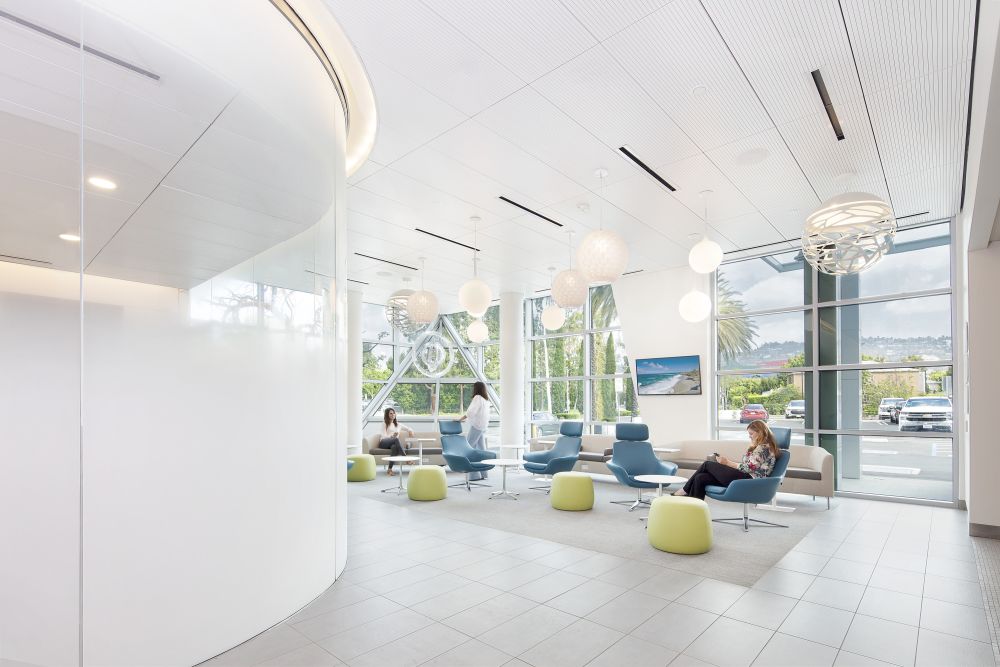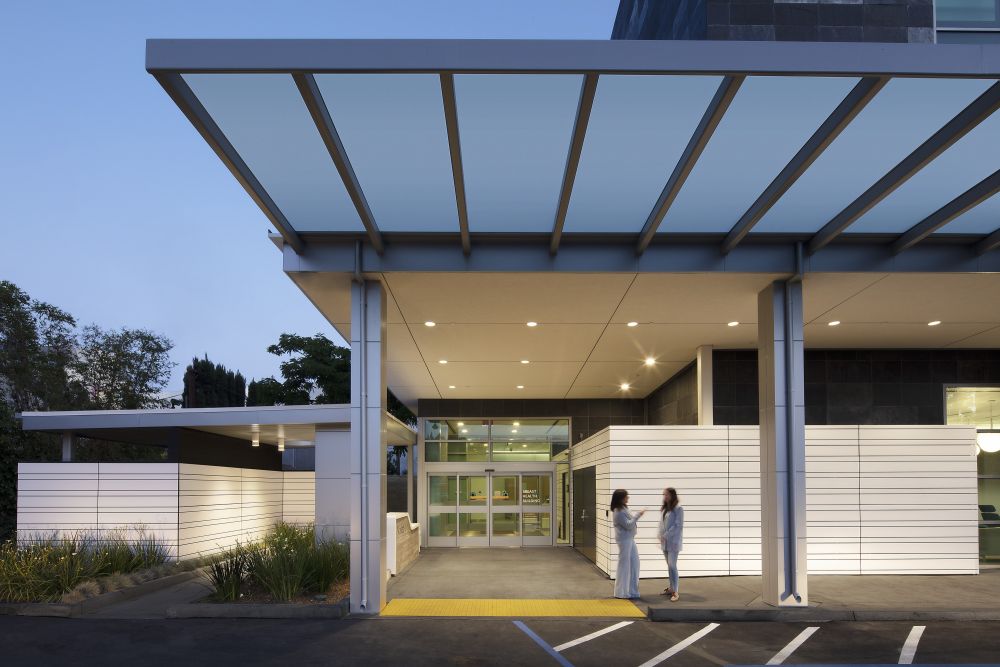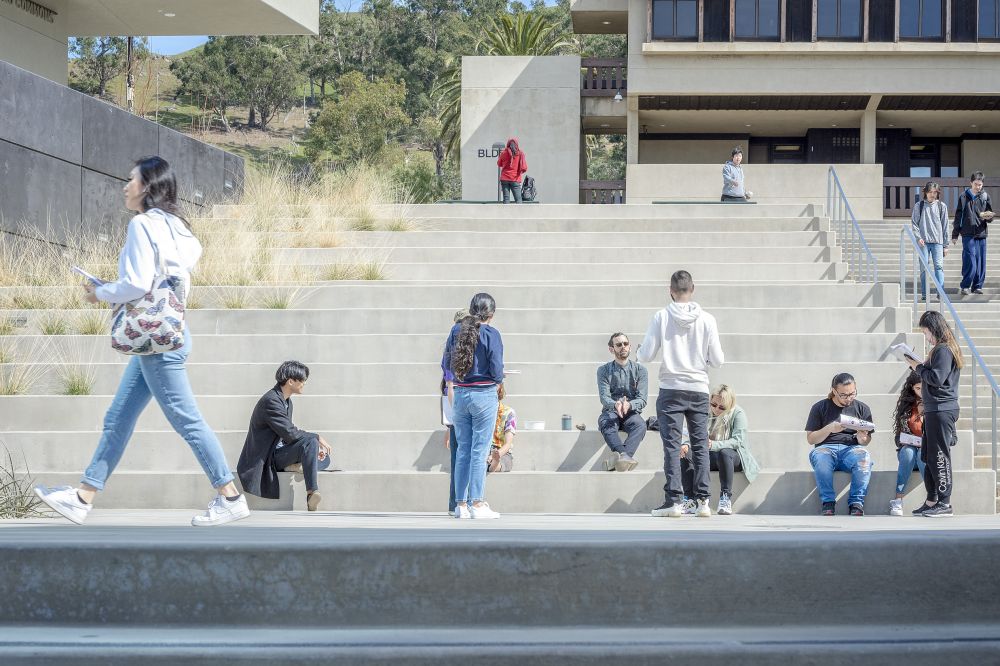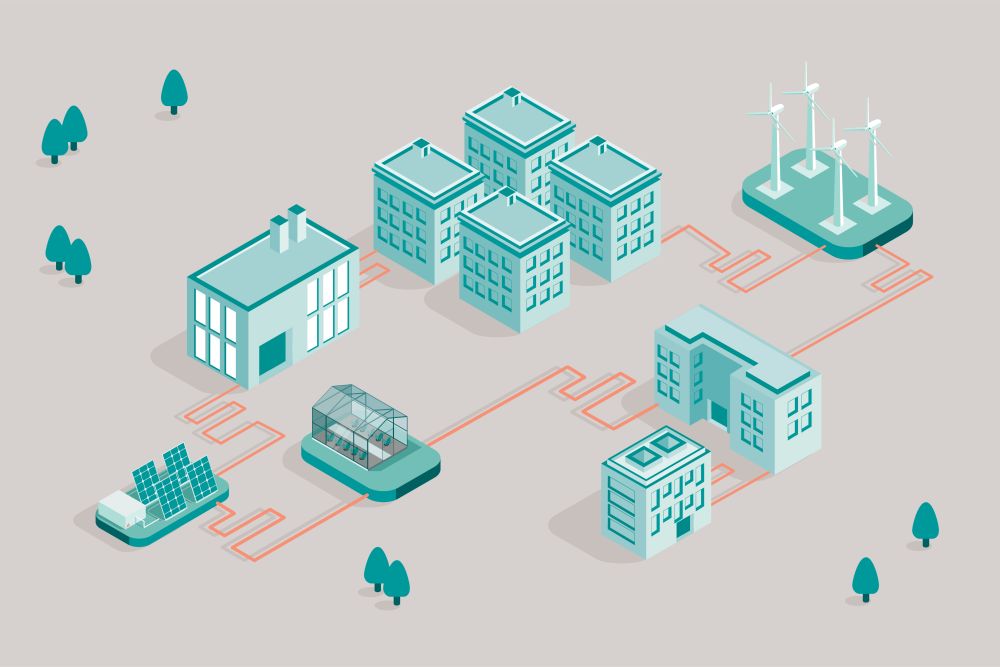What's old is new: Why you should consider adaptive reuse
While new construction allows for incredible levels of customization, there’s no denying that new buildings can have adverse impacts on the climate, budgets, schedules and even the cultural and historic fabrics of communities. While any responsible architect will design buildings to minimize these impacts, there is no avoiding them entirely.
One proven strategy to limit these impacts is breathing new life into existing buildings, especially those with long-life durability, aesthetic character and long-lasting exterior cores of steel and concrete. Known as adaptive reuse, this strategy takes an existing, unused building (think your nearby empty mall, a vacant corporate office, a long-unused factory) and transforms it into a needed space that will bring value and vibrancy to its community.
Why reuse?
According to the 2019 United Nations Global Status Report for Buildings and Construction, almost 40 percent of energy-related greenhouse gas emissions are from the buildings and construction sector. Building new inherently requires more natural resources and embodied carbon, the amount of carbon dioxide emitted to produce a material.
Adaptive reuse can also often reduce construction spending, as much of the building’s core materials are being reused. The budget for new materials during an adaptive reuse should be considerably smaller, and sometimes economic incentives are provided by local governments for revitalizing an old building. In today’s world of supply chain disruptions, adaptive reuse also requires less materials and potentially less delays in the renovation schedule. A Deloitte analysis revealed that compared to new construction, adaptive reuse projects cost around 16 percent less and are completed in 18 percent less time, even before the pandemic shortage issues.
Neighborhoods often welcome adaptive reuse for this reason, and also because it creates less disruption than new construction, with minimal construction equipment, noise, debris and more. Buildings with legacy and heritage can also have new life breathed into them, with the design honoring its past use. Blending new technology within a historic framework results in a one-of-a-kind design and experience for those who use the space.
Below is a sampling of some of our adaptive reuse projects. These projects reimagine everything from an old bank to a former newspaper headquarters to a long-abandoned mall.
The University of Kansas
Strawberry Hill
The University of Kansas Health (TUKH) sought to bring mental health services to the downtown Kansas City, Kansas community, but couldn’t find a suitable place for a new building in the Johnson County area. Our design team worked with TUKH to convert a former Environmental Protection Agency office building into a 48-bed mental health inpatient facility. The facility not only provides much needed mental health services to an underserved area, it initiated a significant economic boost to the area with job creation, new retail spaces and more.
The original building had an expansive atrium, and our design team added lush green walls and plenty of plant life that can be viewed from most public areas in the facility, making for better patient outcomes and an improved staff experience. Flexibility was another crucial component during renovation. Knowing the number of patients fluctuates along with the needs of those patients, a hospital that could easily adapt to those changes was paramount within the building’s existing floor plates.
Square and Cash App
Office (Block)
Old and new media collide in the Square and Cash App office in St. Louis, which repurposes the former home of the St. Louis Post-Dispatch. The design melds modernity and history to help a growing business expand its local workforce, recruit and retain talent and have the spaces to ensure the business’ success.
The original Post-Dispatch newspaper printing press remains in place, at the center of a coffee bar and lounges for staff socialization. Other amenities for the staff include an all-hands space, a rooftop terrace, multilevel atria, employee amenity spaces and more. Employees have options of where to work alone or collaborate with colleagues. In another nod to the building’s history, it features and preserves Joseph Pulitzer’s former office.
Northwestern Medicine Bloomingdale
Northwestern Medicine (NM) sought to improve access to its care in their west region of Chicago. It chose to renovate an existing underutilized MOB in a former large-scale retail space in the western suburbs. This project revitalized a previously bustling retail area and created a new brand presence for the academic medicine powerhouse.
Our design team worked with NM on a complete interior and exterior renovation that consolidated multiple services under one roof with centralized provider stations and shared public spaces, allowing for greater design impact and operational efficiency. To expedite the schedule and create familiarity for providers, prefabricated, modular exam rooms were implemented.
Integrating the NM brand standards within a former ‘big box’ retail space was a challenge. Our interiors team took advantage of the taller ceilings in public areas by emphasizing the skylights and creating ‘protected’ spaces with descending trellises. Additionally, the exterior enclosure of the building was completely reconsidered for both aesthetic impact and enhanced energy performance.
St. Louis Power House
Constructed in 1928 and designated as a landmark by the National Historic Register, the Power House once provided coal-fired steam heat to a dozen buildings in downtown St. Louis. Since decommissioned in 1980, the building became an empty shell, devoid of occupants and taking up valuable downtown real estate.
Our firm purchased the Power House in 2007 and transformed it into our new St. Louis office while preserving the original structural steel and exterior shell of the building. The basement consists of a boardroom, model shop and materials library, while a rooftop conference and lunchroom originally stored coal conveyor equipment. The 100+ employees who use this office as their homebase have a centralized location that went from a bastion of the industrial revolution to a space where the future is designed.
Small-scale reuse
Sometimes a small project can make a big difference. Two of our health projects—CHOC Thompson Autism Center and Cedars-Sinai Breast Health Services Building—were former banks transformed into specialized clinics tailored for their specific patient populations.
